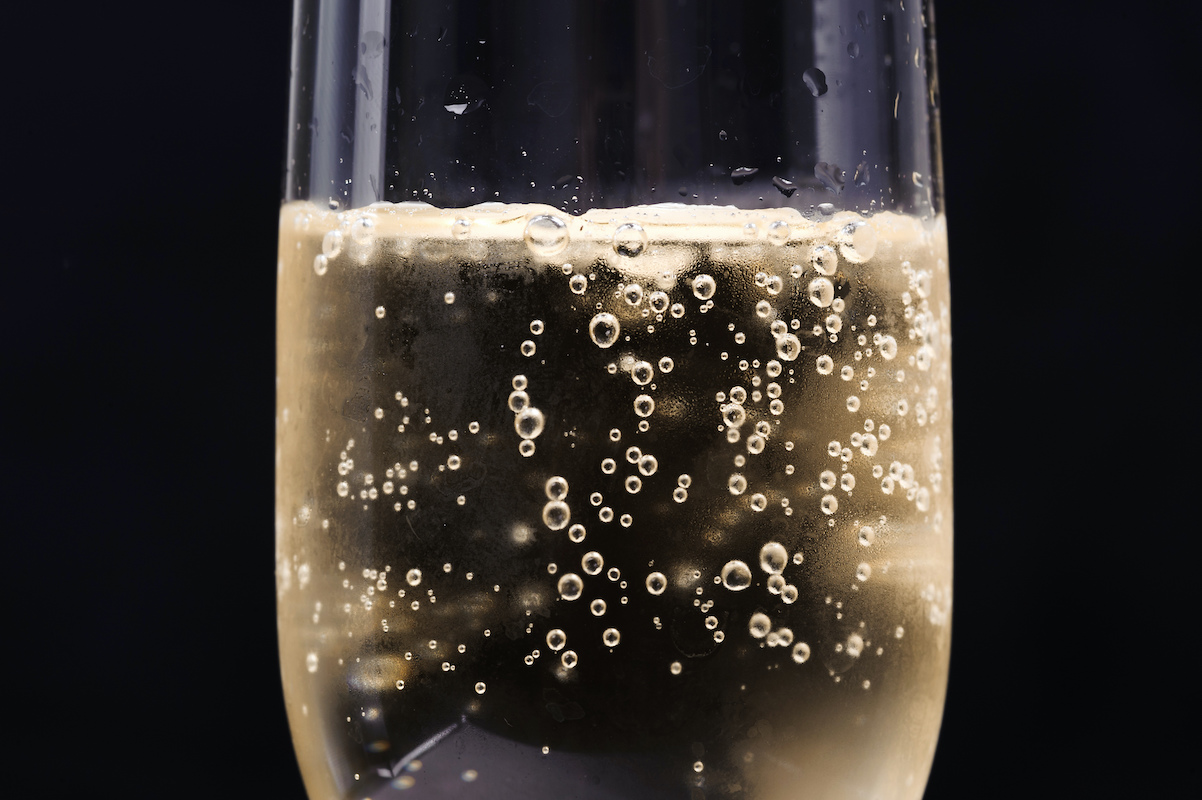This website uses cookies so that we can provide you with the best user experience possible. Cookie information is stored in your browser and performs functions such as recognising you when you return to our website and helping our team to understand which sections of the website you find most interesting and useful.
Champagne Day: discover the science behind the bubbles
By Tempus | 19 October 2021 | Food & Drink
With the hallowed day just around the corner on 22 October, Tempus takes a look at how the drink continues to enrapture the world

#ChampagneDay was born in 2009 at the initiative of a Californian blogger and wine tutor, Chris Oggenfus. Over the years, more and more wine lovers around the world have participated in Champagne Day, which has become the universal event for Champagne lovers.
This year, Comité Champagne have commissioned ground-breaking research by Barry C Smith (University of London) and Ole Mouritsen (University of Copenhagen) regarding the science behind Champagne and food pairings.
In recent years bottomless brunches have risen in popularity – with unlimited bubbles and a delicious selection of breakfast-style dishes and lunch options offered late into the afternoon, you cannot go wrong – and scientists have discovered why Champagne should be the drink of choice!

The reason Champagne will enhance your brunch is down to umami, and the combination of ham and eggs in Eggs Benedict, for example, creates high levels of umami which is complemented perfectly by Champagne – that surprisingly, also contains umami.
The deliciousness of food depends on tastes and aromas, and while we recognise the contributions made to foods by basic tastes like salt and sweet, sour, and bitter, most are often unaware that the taste of many of our most loved dishes is due to umami.
Umami is the characteristic savoury taste we find in a stock broth, the intense flavour of shitake mushrooms, and the succulence of seafood. The umami taste in many classic dishes is due to combining glutamate with ribonucleotides, both of which are present in many fresh and fermented foods.

The key to producing intense umami flavours comes from combining glutamate-rich foods with items containing these ribonucleotides. The satisfying flavour that results from this combination is due to a process known as synergistic umami: an enhancement of savoury intensity where the tastebuds responsible for experiencing umami fire intensively. It can also be found in classic favourite combinations such as eggs and bacon.
Substantial amounts of free glutamate can be found in Champagne due to the ageing process. Free amino acids are the break-down products of long yeast contact – this happens when Champagne is aged on the lees.
For brunch, eggs benedict with the combination of eggs and ham serves high levels of umami, that will combine well with the umami in Champagne, offering a deeply satisfying pairing. We also have a number of other brunch recommendations.
Research by Barry C Smith (University of London) and Ole Mouritsen (University of Copenhagen) commissioned by Comité Champagne.







